Having co-founded Westwood Studios and brought us games such as Blade Runner, Command & Conquer, BattleTech, Dungeons & Dragons and many more, Louis Castle’s resume boasts some of the most revered titles in videogaming history. Now putting his more than three decades of experience into taking the helm as Head of Amazon Game Studios in Seattle, Louis was kind enough to answer my questions on some highlights from his career.
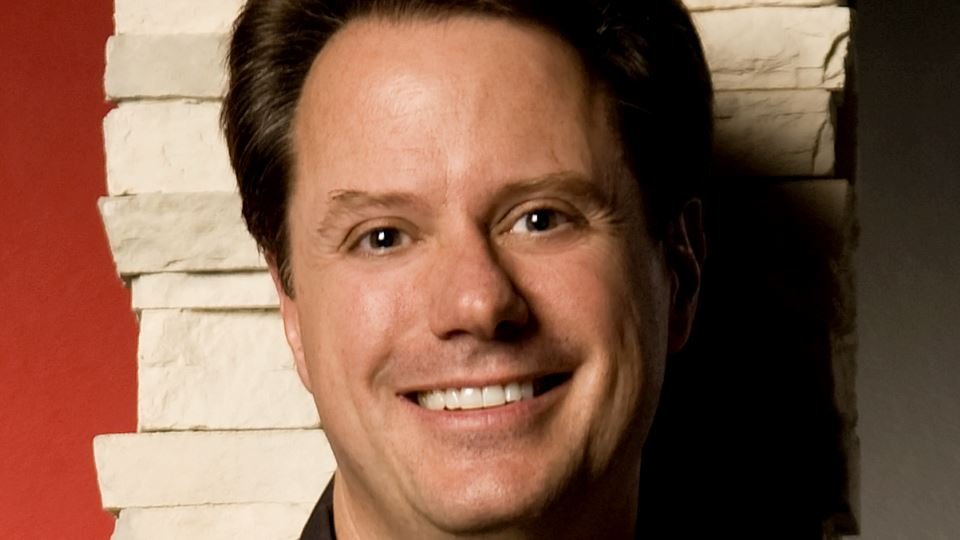
How did you get into working in videogames back in the 1980s? Could you give me a little bit about your early background etc - I mean, did you start off doing graphics on Fraction Action, or was there much before that?
Louis: I had decided to pursue architecture as a way to use my art skills in a less risky profession with a fall back plan of being a draftsman. When I saw early CAD/CAM software I was concerned that draftsmen would be replaced by computers so I wanted to learn how to use computers. That led me to working at the local computer store and doing art on computer games like Fraction Action.
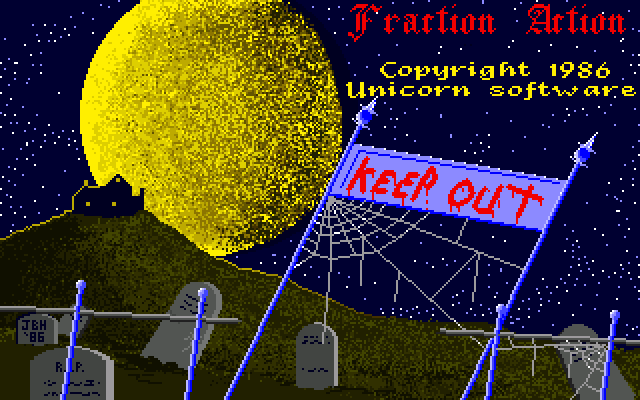
Louis’ graphics on display in Fraction Action, one of his earliest credited titles. Image sourced from MobyGames.
I wanted to do much more ambitious animation which required programming so I taught myself assembly language and that ultimately led to making games. I started with type in games where the reader of a magazine would type in the source code of a game and run it on their computer. Most of the actual game was in assembly as data statements. The shell was in BASIC.
If I had been born a bit later, with all the graphic tools that were made, I may have been quite happy being a computer artist.

Now an iconic logo, Westwood were responsible for some of the most beloved gaming franchises of the 90s.
Can you please let me know how you met Brett Sperry and got started with Brelous Software - and why the change to Westwood even though you guys were in Las Vegas?
Louis: I met Brett while I worked for the computer store Century 23. Brett was a regular customer and he was the one who introduced me to the businesses making games in Vegas. Brett needed a print out for one of his games and I had a printer so he came over and we talked for hours. Brett really wanted to make a big company and I said I just really wanted to have fun and enjoy my life. We both got what we wanted!
The name Westwood was chosen because at the time Westwood California was the place that was part entertainment industry, part technology and part business. I loved the name since, as a high school student, I used to drive down to Westwood to hang out with Paul Mudra and our friends. We chose "Associates" so that we could do game or business software, since I was already making good money as a business solutions programmer.
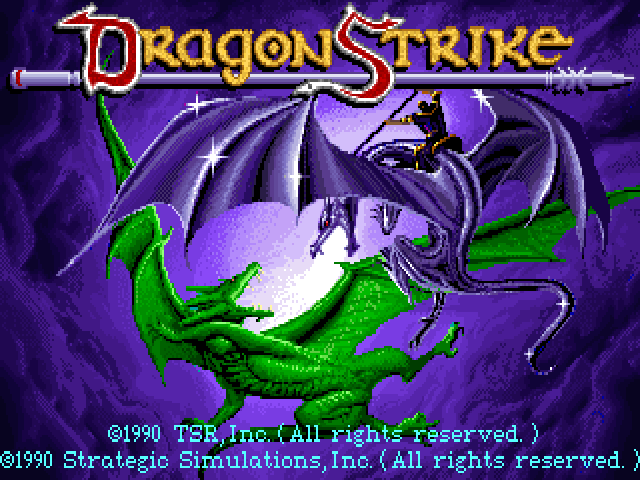
Westwood developed games for some of the biggest licenses around – including Dungeons & Dragons.
Even very early on, you were working on some fantastic licenses. Do you recall how these came about? I'm referring to some of the Walt Disney games, Battletech, Dungeons & Dragons and Nightmare on Elm Street - and all by 1990.
Louis: We started with Epyx to make 16 bit versions of their 8 bit games. That led to their Games series of action sports games. We earned a reputation for making some very nice looking games which helped when trying to get into the big franchises like Disney. They liked that we had such an emphasis on art.
We actually helped SSI land the D&D license so that was more of getting a return on a long time beneficial relationship. With each hit the next one becomes easier to land. We were one of the few companies that continued to do licensed games as we expanded our original titles. I still think doing both original and licensed work helps create discipline around your IP developement.
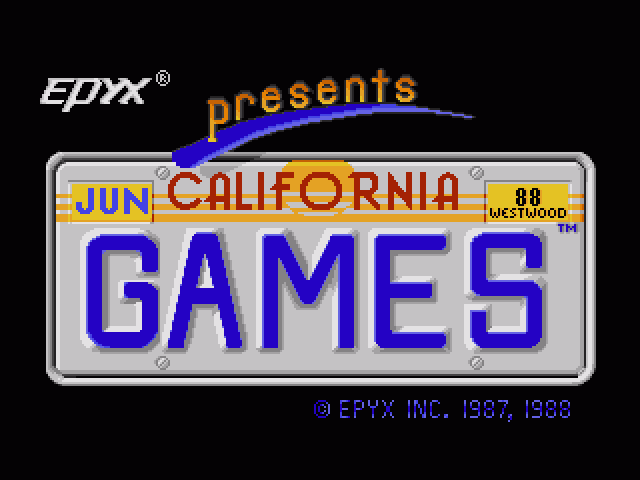
Back in 1988, Westwood were hired by Epyx to create the Amiga port of California Games. Image sourced from Lemon Amiga.
At some point I'd love to have a more in-depth discussion about Mars Saga and Mines of Titan, but for now, can you tell me what it was like to release Mars Saga? Was this your first, from-the-ground-up commercial game launch that you led, designed and built yourselves?
Louis: Yes, Mars Saga was our first completely original game but we had done some other complete re-writes so we were not new to the full process. Ultimately the Mars Saga only performed modestly and EA was already focusing on the hits driven business so we were allowed to modify the IP and re-release the game as the Mines of Titan on different formats through Infocom. Making a second version of the game allowed us to react to customer feedback and reviews which was really great.
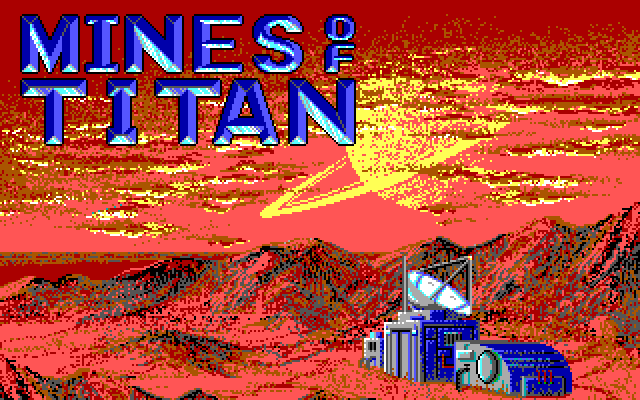
1989's Mines of Titan, a remake of Mars Saga from the year before, was a classic that contained many elements that would later become staple features of 1990s computer RPG.
Have you done much else on console besides Dungeons & Dragons: Warriors of the Eternal Sun? If not, any particular reason for this? It seems you mostly stuck to computers even throughout the 90s' 16-bit console boom.
Louis: We did Disney's The Lion King on SNES and Genesis, Dragon Strike for the NES, Vindicators for the NES, Young Merlin for the SNES, Command & Conquer for the PS and N64 and a bunch more. Westwood always had some console efforts going but only The Lion King really met with huge success.
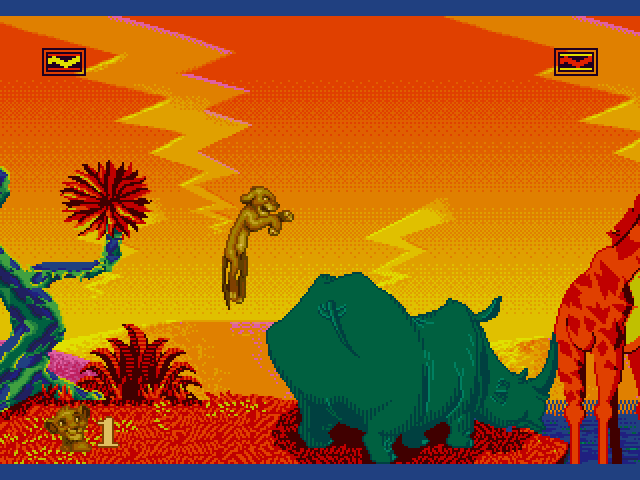
The Lion King was Westwood’s most successful console outing. Megadrive/Genesis version shown here.
This all started some 30+ years ago now - what have been the major changes in the industry, or at least in terms of your work, that stand out to you? (To be clear, I mean more in terms of your working role, and not so much the hardware and other tech advancements).
Louis: I started as a solo artist, became a low level programmer to do my art, went into game design to keep our 7 person company growing, served as out art director and our technical director as we grew to 28, took over finance when we were acquired by Virgin, developed our operations and technical systems while we expanded to 200, maintained a role as executive producer and even dabbled once and a while back in bits of code through the EA acquisition in 1998 and until we closed Las Vegas in 2003.
From there I continued with EALA as chief creative officer, build a team to make games with Steven Spielberg, ran a fledgling EA studio then left to learn about web based games as CEO of an IAC company. I took the VP of studios role at Zynga to work with Mike Verdu again but left when I have the opportunity to be the Chief Strategy Office of a public gambling supply company where I ran R&D and was actively involved in M&A. For three years I worked as an individual contributor to multiple PC, Console and Mobile companies and have now taken the role of head of games for Amazon in Seattle.
Over the years I started as the customer and continued to evolve my roles around art, design, technology and the business functions that facilitate creating entertainment in a technical world.
I'm constantly astounded by how much and how fast our industry evolves and find the pace intoxicating.
Today I'm most excited about cloud based computing and how it can be used to connect large communities of players and enable them to help us make the entertainment the players want.
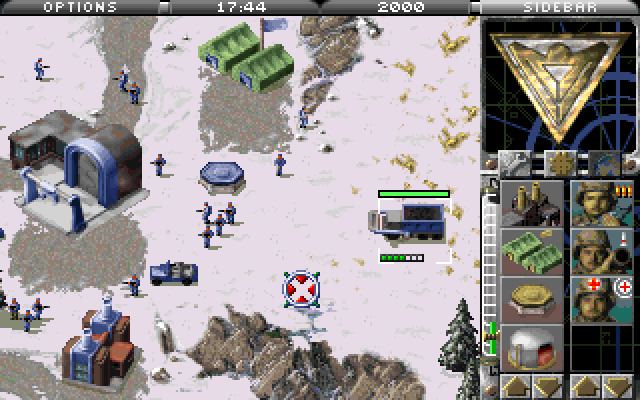
Westwood’s contributions to the real-time strategy genre cannot be overstated thanks to titles such as Dune 2 and the Command & Conquer series (including Red Alert, shown here).
Over your career, is there one particular standout title that has been either your favourite project, or the title(s) that you're the most proud of - and why?
Louis: Blade Runner is always a stand out for me. I was the head of and actively participated in design, art, technology and licensor relations. I owe so much to the talented team that brought that game to life as it remains one of my favorite experiences.
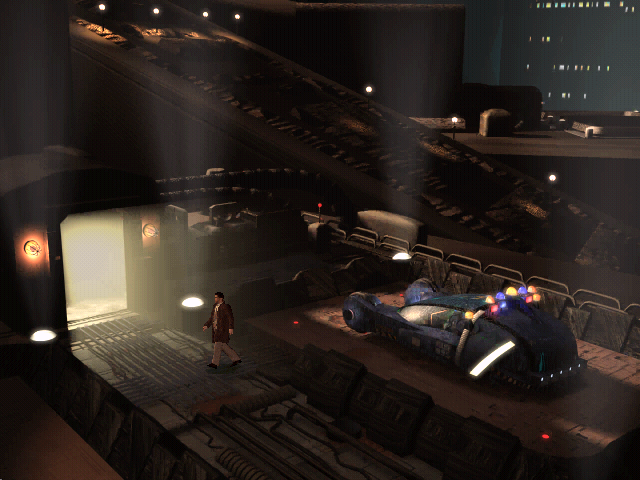
Few games have shown as much of an appreciation and faithfulness to the source material as Blade Runner. You can look forward to a more in-depth interview with Louis on this classic adventure title.
Thanks a lot Louis. Appreciate you taking the time.
Louis: Happy to contribute!
Huge thanks to Louis for answering my many questions, and for agreeing to help out with future interviews. He’s contributed some absolute classics to gaming history and I’m really looking forward to publishing more of his game development memories right here.
Previous:
Interesting People #15: Kristaps Vaivods and Maris Ziedonis on Hash Rush
